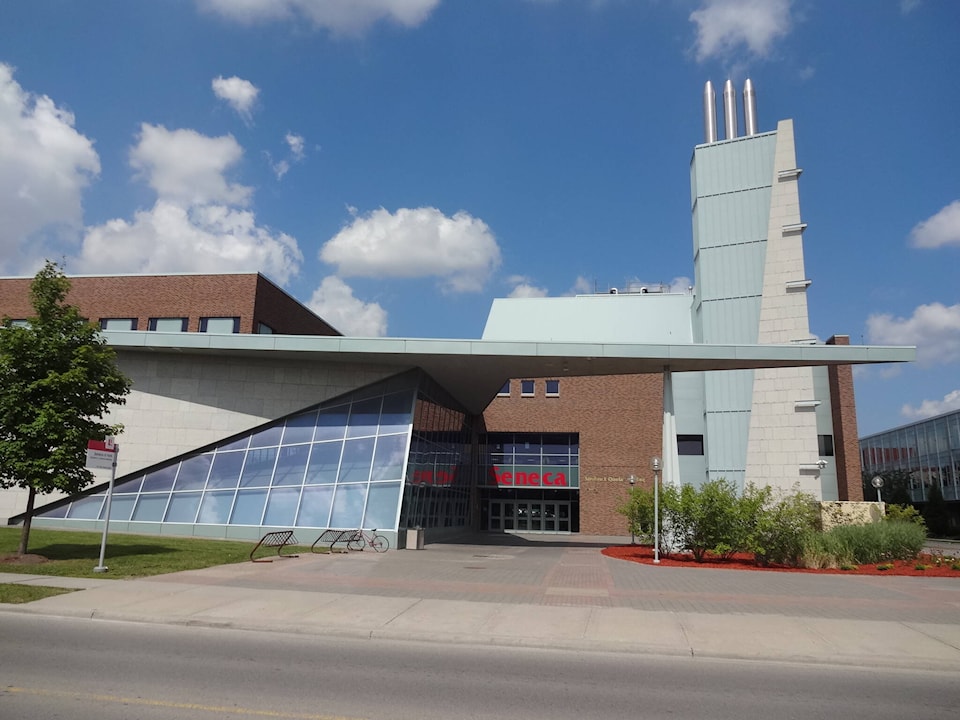In my last column I spoke about the differences between community colleges and ‘traditional’ universities and how polytechnic universities are a hybrid of the two. I mentioned that polytechnic universities tend to be very applied, experiential, and hands-on in their approach, focussing on addressing ‘real world’ issues within the workforce. Furthermore, since most polytechnic institutions in Canada evolved from community colleges, the polytechnics retain a broad array of programing including certificate, diploma, advanced diploma, apprenticeship and trades, degree, and adult upgrading programs.
Today, I’d like to talk further about the distinctive features of polytechnic institutions in Canada and outline which institutions are members of Polytechnics Canada.
Since the NWT has had a college within the territory since the 1970s (originally called the Adult Vocational Training Centre (AVTC) and designated as Thebacha College in 1981), why do we now need to transform to a polytechnic university? The need for this transformation highlights the key and distinctive features of a polytechnic university.
First of all, we need to highlight the huge economic imperative of having a polytechnic university within a community and within the territory. Not only does the polytechnic provide training for local residents for jobs in demand within the community (so students don’t need to pay the large expense of travelling south), but a polytechnic university has the ability to promote innovation through ongoing research and development which students (along with faculty) undertake within their programs.
The training which polytechnic universities provide is world-class; it is skills-intensive and technology-based, often introducing students to state-of-the-art equipment within their field. The applied research which students and faculty undertake is also very critical and will become the topic of a future column.

Many post-secondary institutions in Canada are members of Polytechnics Canada (and the NWT polytechnic university should also become a member). Currently, going from west to east, the members of Polytechnics Canada include the following institutions: Kwantlen Polytechnic University, the British Columbia Institute of Technology (BCIT) in Vancouver, the Northern Alberta Institute of Technology (NAIT) in Edmonton, the Southern Alberta Institute of Technology (SAIT) in Calgary, Saskatchewan Polytechnic, Red River Polytechnic, and a number of colleges in Ontario including George Brown, Humber, Seneca, Conestoga, Fanshawe, and Algonquin.
The distinctive features of these polytechnic institutions are that they have the ability to offer four-year bachelor’s degrees along with a broad range of technical, technological, vocational, and professional training programs. Furthermore, they have a strength in applied research and industry innovation, and they are typically located within key economic regions of Canada which have significant socio-economic activity and a concentration of businesses and firms.
Finally, polytechnic institutions can attract large enrolments of local, regional, national, and international students.
When I present about polytechnic institutions, I emphasize they are not about building bricks and mortar! While buildings and learning spaces are important, the transformation to a polytechnic university is much more about new and innovative ways of learning, new programs and local learning opportunities for students, research and development of new ideas and innovations, and bringing people together in new ways while celebrating our diversity and strengths. These are the fundamental reasons why the transformation of Aurora College to a polytechnic university is important to the NWT.
Next time, we will talk about whether the NWT has enough students to support a polytechnic university in the North. Thanks for all of your comments and please keep them coming — my email is nwtpostsecondary@yahoo.com.
Tom Weegar is a post-secondary educational leader who has served six years as president of two colleges in Canada.
